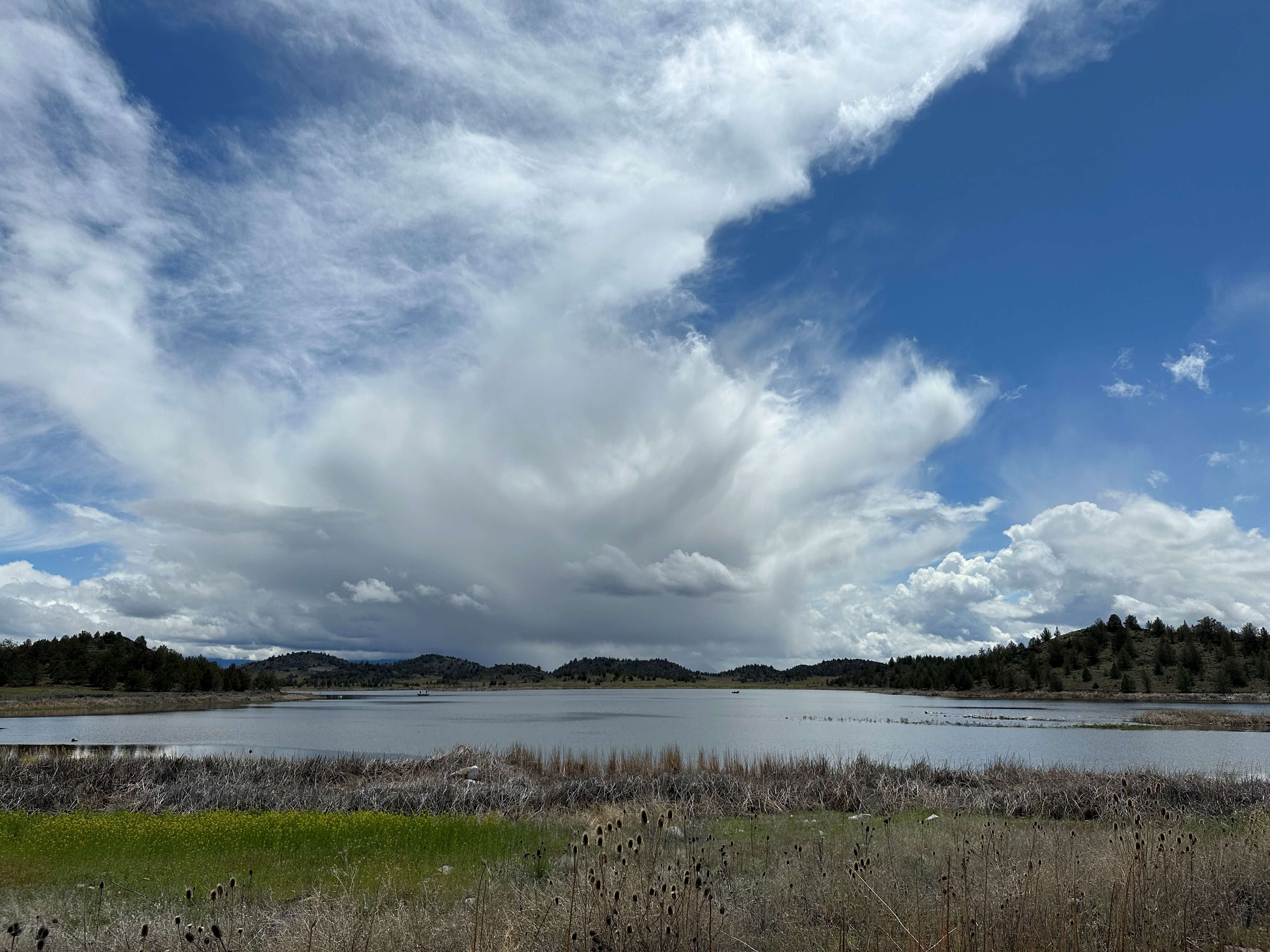DU, CDFW Partner On Shasta Valley Wildlife Area Improvements
Ducks Unlimited and The California Department of Fish and Wildlife partnered on a project that will help the Shasta Valley Wildlife Area in Siskiyou County better manage its water supply.
Ducks Unlimited and The California Department of Fish and Wildlife partnered on a project that will help the Shasta Valley Wildlife Area in Siskiyou County better manage its water supply.

Ducks Unlimited will soon start work on a project that will help the Shasta Valley Wildlife Area better manage its water supply, which has become increasingly unreliable in recent years. DU recently signed an agreement with the California Department of Fish and Wildlife to replace the water-control structure that releases water from Bass Lake into seasonally managed wetlands in the area. Bass Lake is one of three shallow reservoirs that supply wetlands on the 4,700-acre wildlife area east of Yreka in Siskiyou County.
When it has water, Shasta Valley Wildlife Area provides habitat for local and migratory waterfowl as well as sandhill cranes, bald eagles, peregrine falcons and Swainson’s hawks. Shasta Valley is also frequented by tri-colored blackbirds, which are listed as threatened under the California Endangered Species Act. Shasta Valley is an important recreational area in Siskiyou County, popular with horseback riders, birders, anglers and upland and waterfowl hunters.
But it’s been a challenging few years for the wildlife area, which receives water from the Little Shasta River. The region has endured an extreme drought that limited the amount of water the wildlife area could take from the stream. As a result, Steamboat and Bass Lakes in the wildlife area have gone completely dry. Last year, Trout Lake dropped to 25 percent of its capacity. With so little habitat available for birds, the Department of Fish and Wildlife closed the area to waterfowl hunting last season as it did for the 2021-22 waterfowl season.
This year, conditions are a little better, though water diversions to the wildlife area are still limited to below historic amounts to protect salmon in the Little Shasta. It’s still too early to say whether waterfowl hunting will be allowed at the wildlife area this fall, even under a limited capacity.
Some water is currently flowing into Trout Lake, which could come close to filling this year. Once DU’s repair work is completed at Bass Lake, water will hopefully begin flowing into that reservoir, perhaps as early as this winter. This year, DU also is overseeing improvements to Pond 21A, a seasonal wetland unit. Work will begin next year on rehabilitating Bass Lake’s dam. The projects are funded by the Department of Fish and Wildlife.
Nearby, the much larger Lower Klamath and Tule Lake national wildlife refuges have also had their water supplies curtailed over the years. All 90,000 acres of Tule Lake and Lower Klamath were completely dry last year, depriving migratory birds of one of the flyway’s most important staging areas. Only small sections of Lower Klamath and Tule Lake refuges are receiving water this year. This is why smaller wildlife areas such as Shasta Valley in the high deserts of Southern Oregon and Northeastern California have become increasingly important to the millions of birds of the Pacific Flyway.
Ducks Unlimited continues to work with regulators, tribes, farmers and wildlife agencies to find common ground centered around bringing water back to wetlands in the Klamath Basin.
Ducks Unlimited Inc. is the world's largest nonprofit organization dedicated to conserving North America's continually disappearing wetlands. Established in 1937, Ducks Unlimited has conserved 16 million acres in the U.S. and more than 808,000 acres in California. For more information, visit www.ducks.org, and be sure to Follow DU's Twitter feed @DucksUnlimited and @DUConserve – to get the most up-to-date news from Ducks Unlimited.
Media Contact:
Ryan Sabalow, Western Region - Communications Coordinator
(916) 805-1210
rsabalow@ducks.org
Ducks Unlimited uses cookies to enhance your browsing experience, optimize site functionality, analyze traffic, and deliver personalized advertising through third parties. By continuing to use this site, you agree to our use of cookies. View Privacy Policy